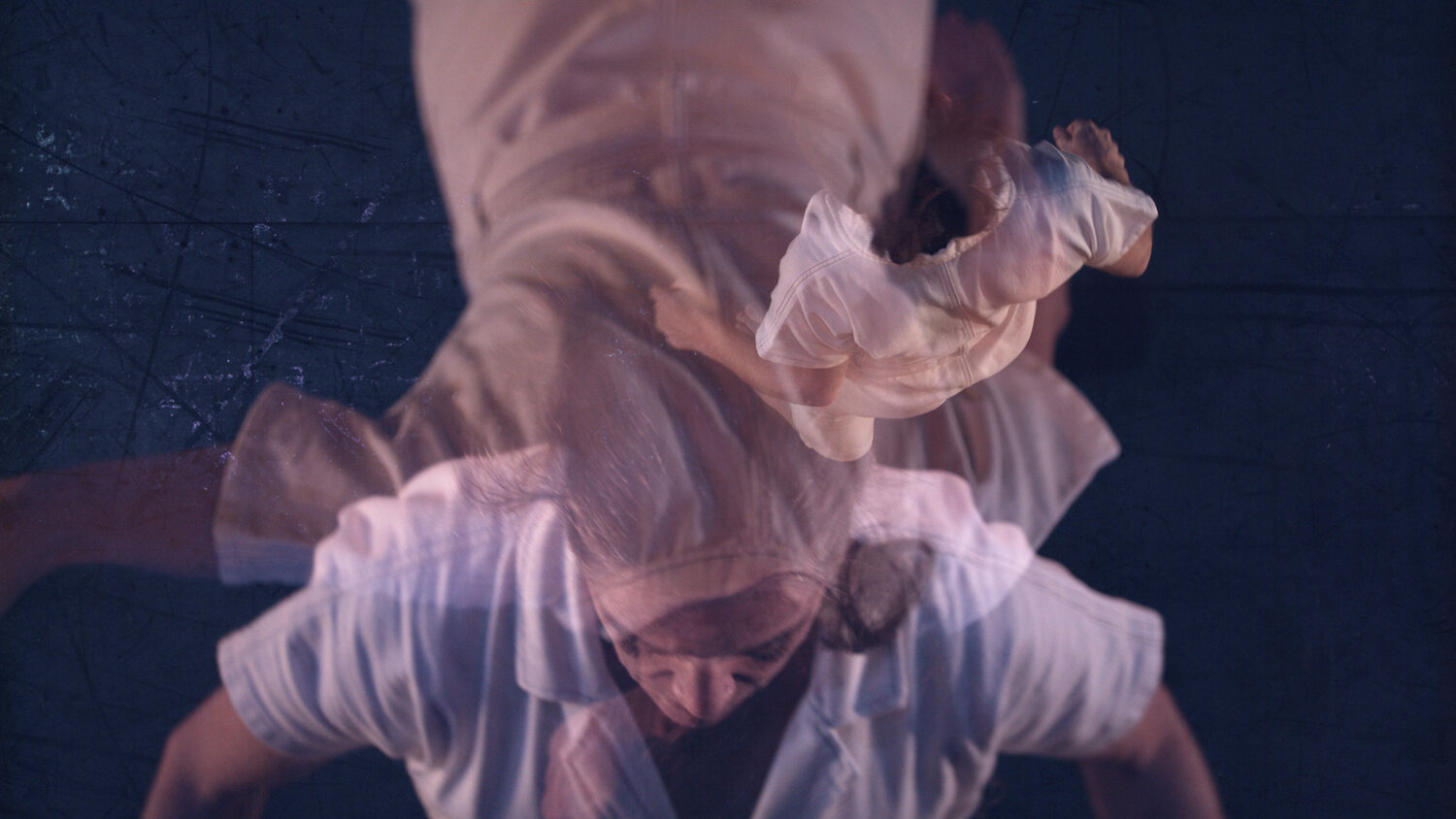 Arch (2021) by Jeremy Moss & Pamela Vail
Arch (2021) by Jeremy Moss & Pamela Vail
CROSSROADS 2021 — program 6
this is called moving
Livestream (with live filmmaker intros!) Wednesday, September 22 at 7 pm PDT. Watch the livestream here.
Program online September 22–October 21
facebook event here
program community partners: Prelinger Library and The Archive Project at SFSU


Abrupt patterns. Bodies in motion. A celebratory barrage of blackness and a quarantine love letter dance among lyrics, ecstatic and mournful, to disintegrating memories, ashes, erosion and erotics. Media-fantasmic apparitions evince legacies of empire. (*The title of this program inspired in part by Abigail Child’s 2005 publication of the same title. Buy the book here!)
SCREENING: Arch (2021) by Jeremy Moss & Pamela Vail; digital video, color, sound, 5 minutes. Optimum Continuum 3.1 (2020) by Amir George; digital video, color, sound, 14 minutes. SEA 404 (2019) by Cherlyn Hsing-Hsin Liu & Michael Pisaro; digital video, b&w, sound, 3 minutes. ending 2 (2020) by Phillip Hoffman & Isiah Medina; digital video, color, silent, 4 minutes. Love in the Time of Erosion (2021) by Morrison Gong; digital video, color, sound, 13 minutes. Misery Next Time (2021) by Rajee Samarasinghe; digital video, color, sound, 5 minutes. a so-called archive (2020) by Onyeka Igwe; digital video, color, sound, 20 minutes.
TRT: 64 minutes
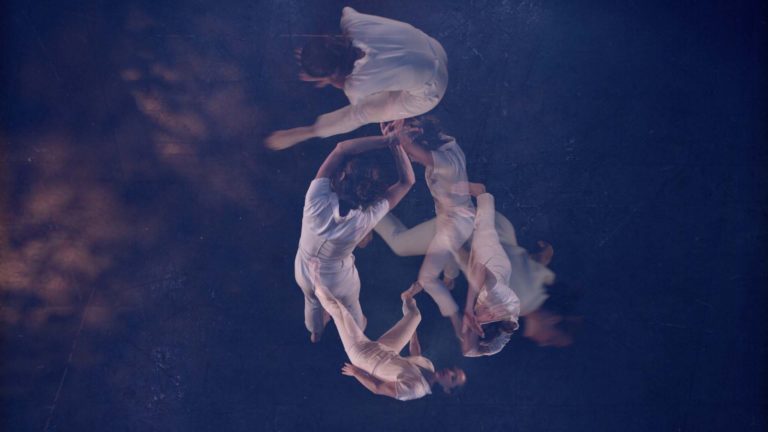
Arch (2021) by Jeremy Moss & Pamela Vail
A song of glowing hypnotic layers. The proscenium dissolves. A solo performer moves through undetermined space. The dancer and the sequence melt into multiple movers, positions and perspectives. They transcend time, place and individuality. The deconstruction of hierarchy begins with conscious collaboration. Here, both the performer and the editor are choreographers. (Jeremy Moss & Pamela Vail)
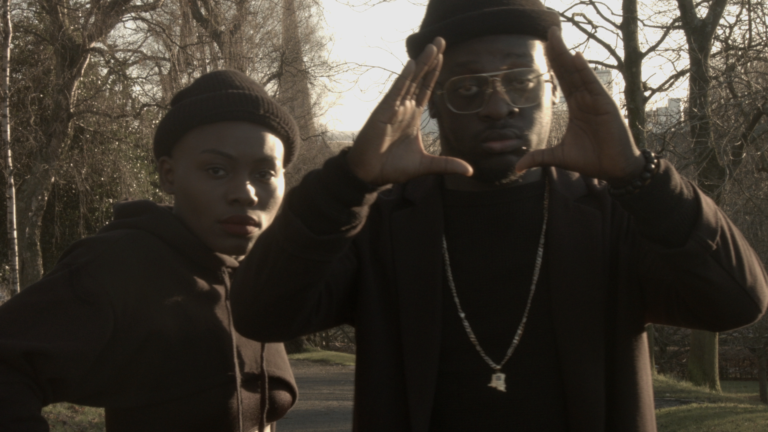
Optimum Continuum 3.1 (2020) by Amir George
An ongoing barrage of blackness always in progress. Abrupt patterns, part of and as a whole. (Amir George)
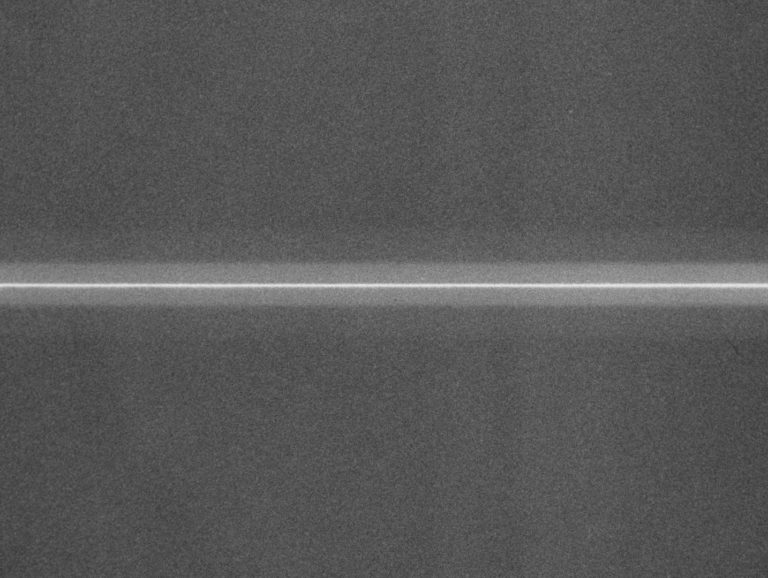
SEA 404 (2019) by Cherlyn Hsing-Hsin Liu & Michael Pisaro
SEA 404 is inspired by Japanese photographer Hiroshi Sugimoto’s series Seascapes, and French philosopher Jean Baudrillard’s essay The Vanishing Point of Communication. It questions the contemporary condition in which the computer mediates our experience, and parallels Sugimoto’s observation that media has transformed the way we see the world. In this film, the shift from the horizon line to the world of the onlooker is underlined by the sudden entrance of everyday sounds. The soundtrack is made from field recordings taken every morning at the same time and location for thirty consecutive days. (Cherlyn Hsing-Hsin Liu & Michael Pisaro)
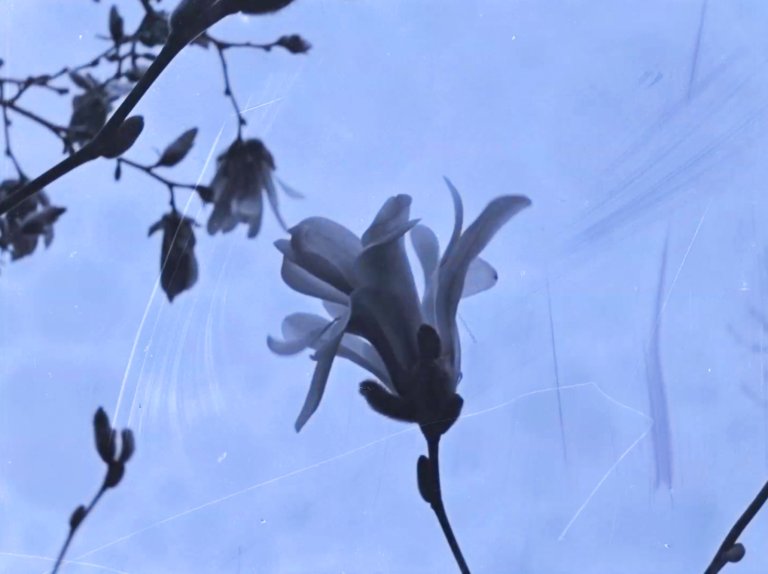
ending 2 (2020) by Phillip Hoffman & Isiah Medina
The 16mm film was shot and partly hand-processed with plants and flowers by Hoffman and digitally edited by Isiah Medina. (Phillip Hoffman & Isiah Medina)
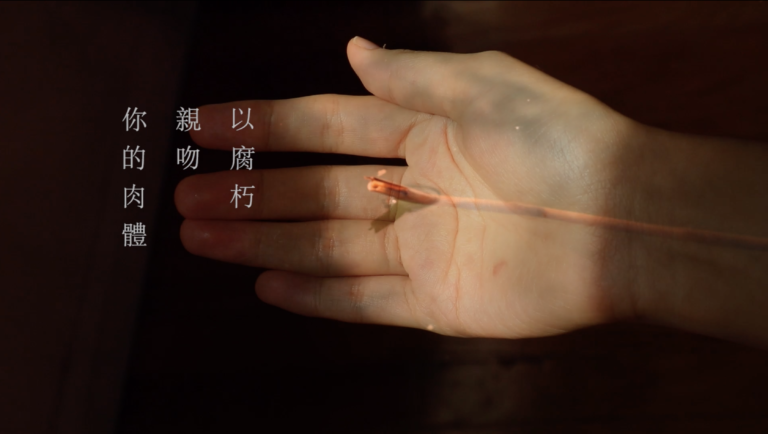
Love in the Time of Erosion (2021) by Morrison Gong
Recent deaths of family members brought me back to their hometown, Tongchuan, tiny city located on the Loess Plateau in northwest China. The rich but easily erodible soil results in harsh living conditions and unhealthy lifestyles. High blood pressure and cerebrovascular disease run in my maternal family and I’m the youngest person in this lineage. During the 2020 pandemic, I met my lover and was struck again by the fragility of life, as well as the fragility of love—the symptoms of love are the same as those of soil erosion and psychological erosion. We shape our environments, just as much as they shape us. This film takes the form of a love letter that I wrote to my lover during quarantine. (Morrison Gong)
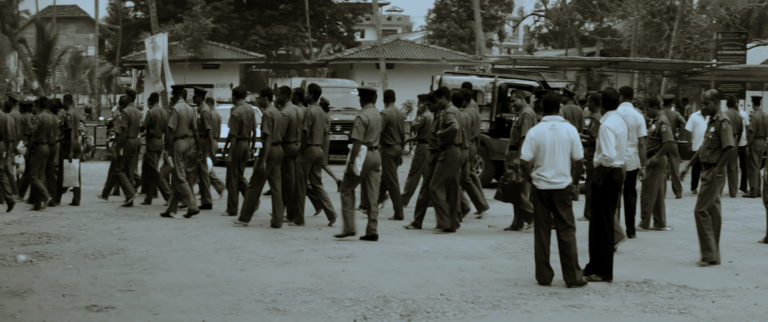
Misery Next Time (2021) by Rajee Samarasinghe
This associative stream of visuals, culled from the past, reflect on the roles of art, labor and journalism in contemporary Sri Lanka, facing a dubious future ahead. Memory and ethnographic deconstruction cascade in an obliterated form, forging a dire and prescient assemblage. (Rajee Samarasinghe)
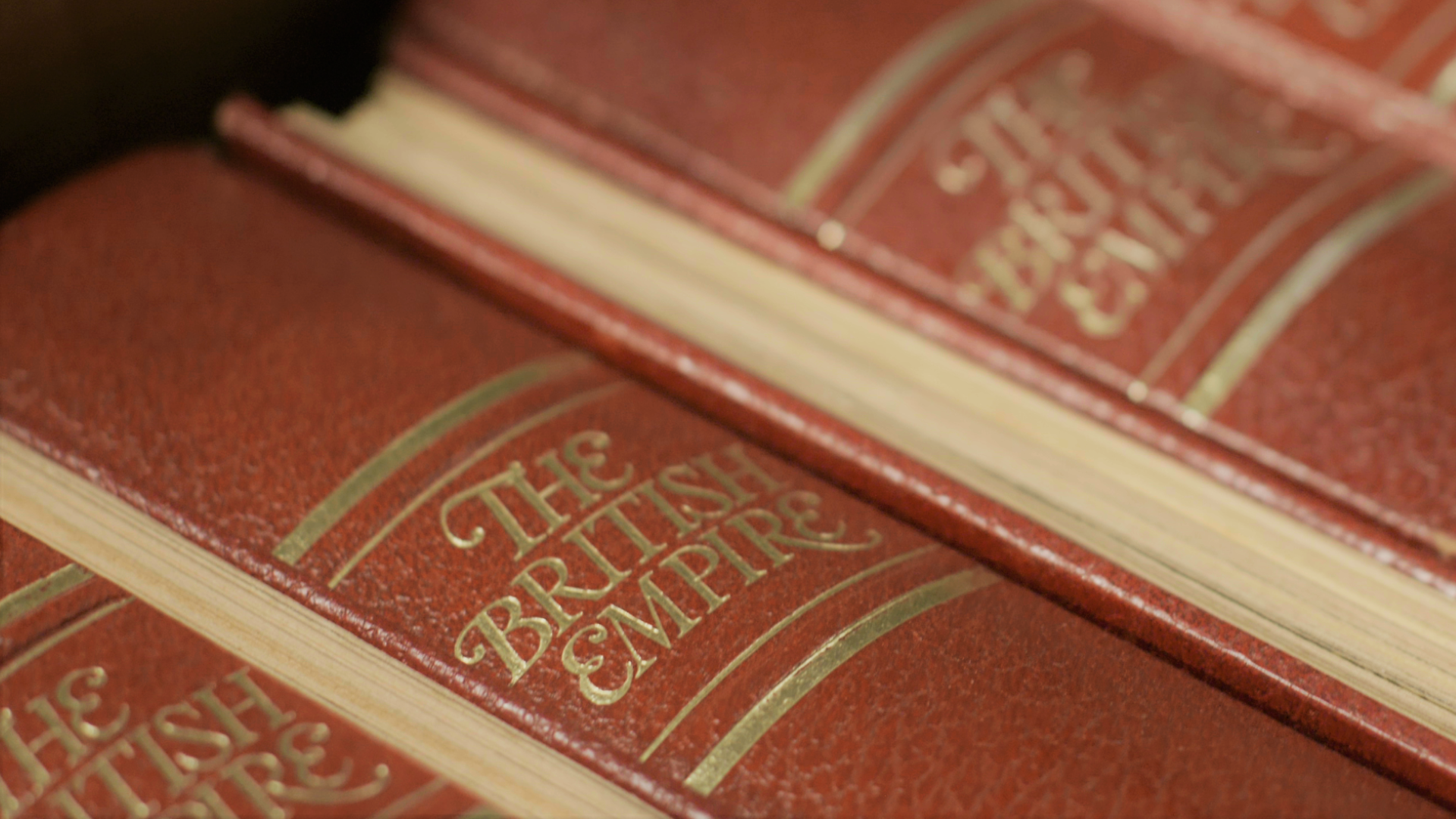
a so-called archive (2020) by Onyeka Igwe
In Lagos, the former Nigerian Film Unit building was one of the first self-directed outposts of the British visual propaganda engine, the Colonial Film Unit (1932–1955). Today it stands empty. Its rooms are full of dust, cobwebs, stopped clocks and rusty and rotting celluloid film cans. The films found in this building are hard to see, not only because of their condition, but also perhaps because people do not want to see them. They reveal a colonial residue, echoed in walls of the building itself. Meanwhile, in Bristol Temple Meads, the former British Empire and Commonwealth Museum (2002–2009) was previously housed in the vaults of one of Isambard Kingdom Brunel’s most famous railway designs. The museum included photographic, film, sound and object collections from across the former British Empire. However, it is now shrouded in ignominy after the alleged illegal sale of several items from its collection, leading to its closure. The monetisation and obscurity of its collection points to an attitude to Britain’s colonial past. a so-called archive imagines the ‘lost’ films from both of these archives, using distinctive soundscapes, choral arrangements and a radio play within the confines of images from a disembodied tour of the exquisite corpse of an archive building. (Onyeka Igwe)
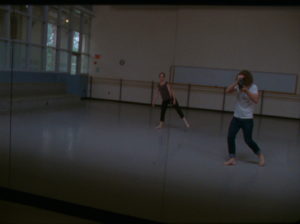 Jeremy Moss (US) intermittently makes films and videos. He is currently based in Pennsylvania and originally comes from the American Southwest. He programs for the Moviate Underground Film Festival (Harrisburg PA; US). Light Cone (Paris) distributes his films and videos. Franklin & Marshall College (Lancaster PA; US) employs him as an associate professor of film and media.
Jeremy Moss (US) intermittently makes films and videos. He is currently based in Pennsylvania and originally comes from the American Southwest. He programs for the Moviate Underground Film Festival (Harrisburg PA; US). Light Cone (Paris) distributes his films and videos. Franklin & Marshall College (Lancaster PA; US) employs him as an associate professor of film and media.
Pamela Vail (US) is an improviser, choreographer, performer and educator, an independent artist and a collaborator. Ongoing collaborations include those with filmmaker (since 2012) Jeremy Moss; critically acclaimed New York City-based interdisciplinary collaborative Yanira Castro | a canary torsi (founding member) and The Architects, a performance improvisation quintet (co-founder). She is currently based in Lancaster PA (US), where she is associate professor of dance at Franklin & Marshall College.
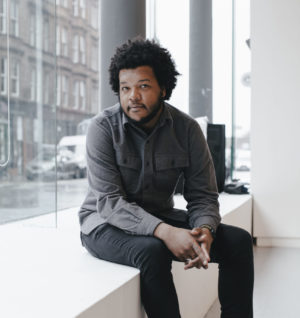 Amir George (US) is an award winning filmmaker based in Chicago. George is a film programmer at True/False Film Fest and Chicago International Film Festival. George is the co-founder of the touring film series Black Radical Imagination. As an artist, George creates spiritual stories, juxtaposing sound and image into an experience of non-linear perception. George’s films have screened at institutions and film festivals including Schomburg Center for Research in Black Culture; the Institute of Contemporary Arts, London; Anthology Film Archives; Glasgow School of Art; the Museum of Contemporary Art Chicago; the Ann Arbor Film Festival; Trinidad and Tobago International Film Festival; BlackStar Film Festival and the Camden International Film Festival, among others.
Amir George (US) is an award winning filmmaker based in Chicago. George is a film programmer at True/False Film Fest and Chicago International Film Festival. George is the co-founder of the touring film series Black Radical Imagination. As an artist, George creates spiritual stories, juxtaposing sound and image into an experience of non-linear perception. George’s films have screened at institutions and film festivals including Schomburg Center for Research in Black Culture; the Institute of Contemporary Arts, London; Anthology Film Archives; Glasgow School of Art; the Museum of Contemporary Art Chicago; the Ann Arbor Film Festival; Trinidad and Tobago International Film Festival; BlackStar Film Festival and the Camden International Film Festival, among others.
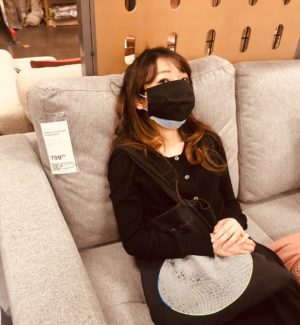 Cherlyn Hsing-Hsin Liu (Taiwan) is an interdisciplinary artist, filmmaker and writer whose work is grounded in literature and the conceptual avant-garde. Cherlyn’s creative activity often starts from a life event or curiosity concerning an anomaly in language or in the material world. It continues by employing methods drawn from both Eastern and Western practices and philosophies.
Cherlyn Hsing-Hsin Liu (Taiwan) is an interdisciplinary artist, filmmaker and writer whose work is grounded in literature and the conceptual avant-garde. Cherlyn’s creative activity often starts from a life event or curiosity concerning an anomaly in language or in the material world. It continues by employing methods drawn from both Eastern and Western practices and philosophies.
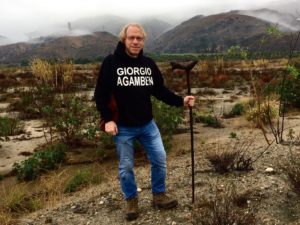 Michael Pisaro (US) is a guitarist and composer and a long-time member of the Wandelweiser collective. He has often worked with the medium of field recording and has released recordings of several works that use it, including Transparent City (Wandelweiser), Continuum Unbound and Nature Denatured and Found Again (Gravity Wave). His work is regularly performed throughout the US, Europe, South America and Southeast Asia.
Michael Pisaro (US) is a guitarist and composer and a long-time member of the Wandelweiser collective. He has often worked with the medium of field recording and has released recordings of several works that use it, including Transparent City (Wandelweiser), Continuum Unbound and Nature Denatured and Found Again (Gravity Wave). His work is regularly performed throughout the US, Europe, South America and Southeast Asia.
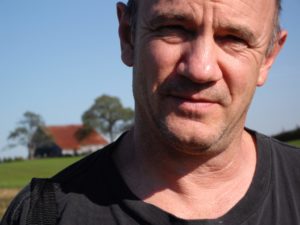 Phillip Hoffman (Canada) is a Canadian filmmaker who’s recent work (e.g. ending 2 and vulture) explores plant-based processing of motion picture film. He is the founder and artistic director of The Independent Imaging Retreat—aka “the Film Farm,” which has been in existence for more than 25 years.
Phillip Hoffman (Canada) is a Canadian filmmaker who’s recent work (e.g. ending 2 and vulture) explores plant-based processing of motion picture film. He is the founder and artistic director of The Independent Imaging Retreat—aka “the Film Farm,” which has been in existence for more than 25 years.
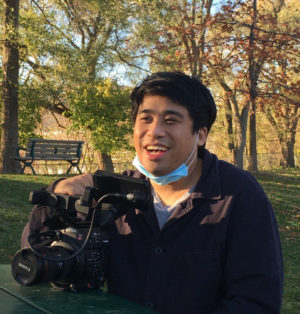 Isiah Medina (Canada) is a filmmaker who lives in Toronto and makes films with his company Quantity Cinema.
Isiah Medina (Canada) is a filmmaker who lives in Toronto and makes films with his company Quantity Cinema.
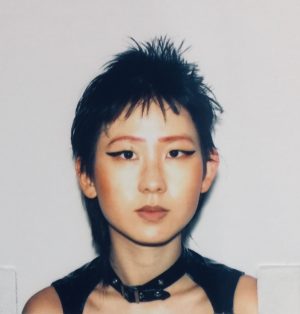 Morrison Gong (China/US; b. 1997, China) is a photographer and filmmaker whose work explores their fear of loss through expressions of sexuality. Placing nude bodies within natural environments, as well as around cultural artifacts, they record personal experiences of carnality in contexts of seduction, displacement and ephemeral beauty. Gong received their BFA from Parsons School of Design and is currently a MA candidate at the New School for Social Research. Their works have been shown at Anthology Film Archives, Microscope Gallery, Vox Populi Gallery, The Film-Makers’ Cooperative, Manhattan Independent Film Festival, Hong Kong Arthouse Film Festival and other venues. They are based in Brooklyn.
Morrison Gong (China/US; b. 1997, China) is a photographer and filmmaker whose work explores their fear of loss through expressions of sexuality. Placing nude bodies within natural environments, as well as around cultural artifacts, they record personal experiences of carnality in contexts of seduction, displacement and ephemeral beauty. Gong received their BFA from Parsons School of Design and is currently a MA candidate at the New School for Social Research. Their works have been shown at Anthology Film Archives, Microscope Gallery, Vox Populi Gallery, The Film-Makers’ Cooperative, Manhattan Independent Film Festival, Hong Kong Arthouse Film Festival and other venues. They are based in Brooklyn.
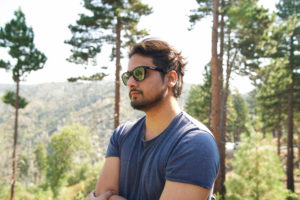 Rajee Samarasinghe (Sri Lanka) was born and raised amidst the decades-long civil war in Sri Lanka. He later left for the United States where he is now based. He received his BFA from the University of California San Diego and his MFA from the California Institute of the Arts. His filmmaking practice was born out of a desire to understand the circumstances around his childhood and his work often navigates the terrain of ethnography, memory, migration and impermanence. Rajee is currently working on his debut feature film, Your Touch Makes Others Invisible, which explores the current state of enforced disappearances in post-civil war Sri Lanka. Rajee was also named one of Filmmaker Magazine’s 25 New Faces of Independent Film in 2020 and, in 2021, he had his first solo show at the Museum of Modern Art.
Rajee Samarasinghe (Sri Lanka) was born and raised amidst the decades-long civil war in Sri Lanka. He later left for the United States where he is now based. He received his BFA from the University of California San Diego and his MFA from the California Institute of the Arts. His filmmaking practice was born out of a desire to understand the circumstances around his childhood and his work often navigates the terrain of ethnography, memory, migration and impermanence. Rajee is currently working on his debut feature film, Your Touch Makes Others Invisible, which explores the current state of enforced disappearances in post-civil war Sri Lanka. Rajee was also named one of Filmmaker Magazine’s 25 New Faces of Independent Film in 2020 and, in 2021, he had his first solo show at the Museum of Modern Art.
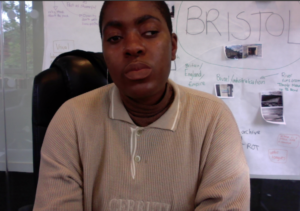 Onyeka Igwe (UK) is an artist and researcher working between cinema and installation, born and based in London, UK.
Onyeka Igwe (UK) is an artist and researcher working between cinema and installation, born and based in London, UK.